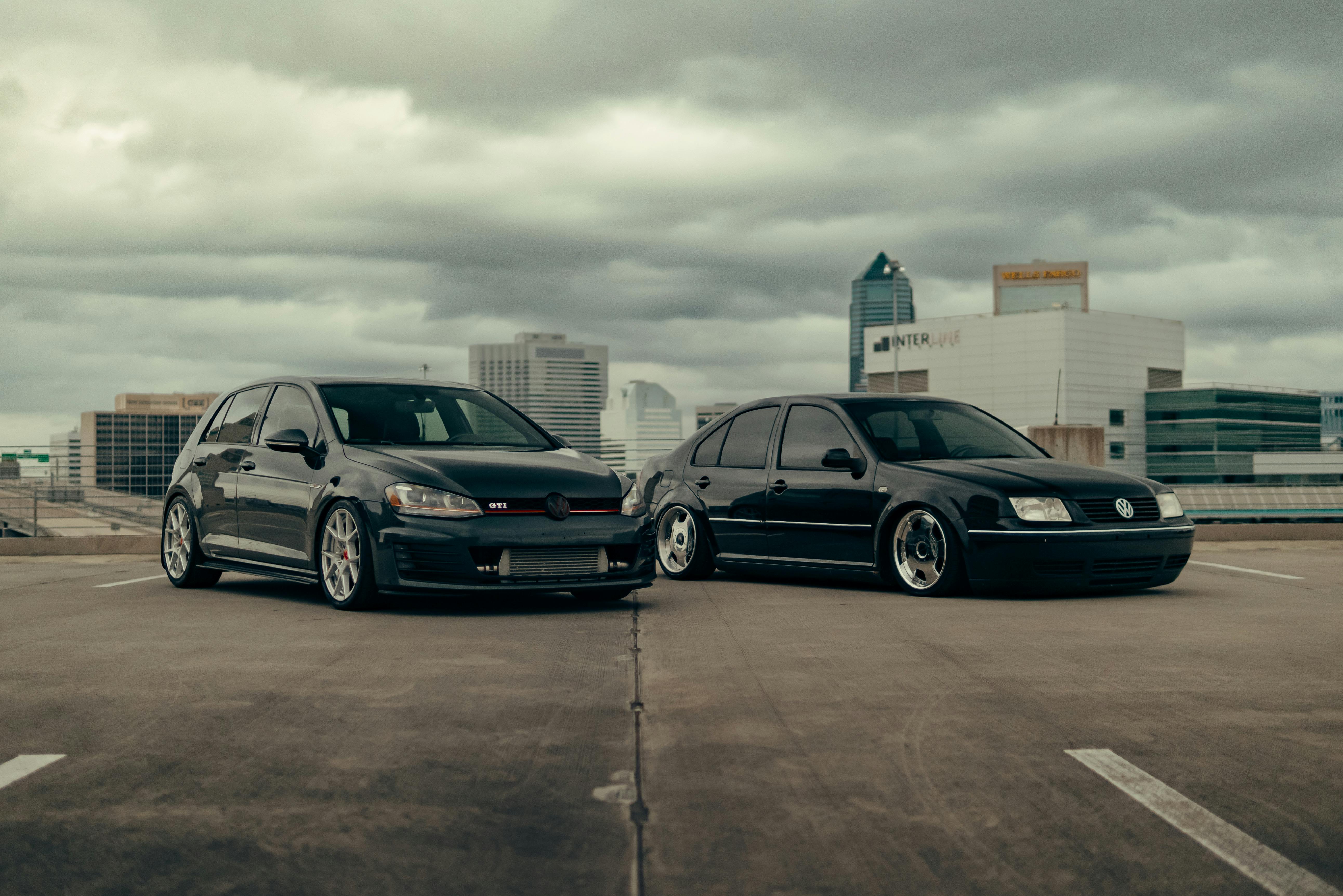The Dodge Viper as a Future Classic
What does the future hold for one of America's top sports cars?
At this year's Detroit Auto Show, Fiat-Chrysler Automobiles CEO Sergio Marchionne revealed in an interview with Consumer Guide that the current Viper may be coming to an end. He stated, "financial arguments to keep the current car don't add up." If the Viper program is discontinued, what will it mean for its future status as a classic car?
Before we look at the future, let's take a look at the past.
The Viper began production in 1991 and quickly joined the ranks of the AC Cobra as one of America's most hardcore roadsters. It featured a V10 8L engine sourced from a truck and lacked modern driving aids, making it difficult to handle at high speeds. Early models didn't have air conditioning, adjustable suspension, or a proper roof until 1994, and Dodge didn't offer ABS until 2001. It was a car for those who didn't mind taking a risk with every touch of the throttle.
Despite its raw nature, the Viper became a great investment. Over the last 10 years, values on classic Vipers (model years 1992-1995) have soared by over 34%. Many potential collectors are now wondering if the current Viper will see similar growth in the future.
The current third-generation Viper was released in 2013 as a completely new car with a modern body and an exciting 8.4L V10 engine producing 640hp. However, at the request of former SRT CEO Ralph Gilles, modern driving assists were added. Gilles explained, "I want the new Viper to be a more forgiving car to drive and accessible to more people. We've never had stability control on a high-performance car, which is about to happen on the new car."
Despite these improvements, the new Viper faced tough competition from both US and overseas manufacturers. Sales were slow, production volumes were cut, and the factory was closed for over two months. The new Viper seemed to be a financial failure.
However, in 2015, Dodge began production of the ACR variant aimed at road racing and autocross. More power was added while assists were removed, resulting in a track animal that remained road-legal. As of this writing, it has broken over 13 production car track records. While not a financial success, the 2016 ACR Viper secured its place in the history books.
This is significant for both auto enthusiasts and future Viper collectors. Low production numbers, incredible performance, and a place in automotive history will likely help the ACR Viper grow in value. As the current Viper may come to an end, its legacy is poised to become even more cherished among collectors and enthusiasts.
You May Also Like
These Related Stories

Top Destinations for US Car Exports in Q3 2015

-093789-edited.png?width=220&height=79&name=wcs_final_logo_(1)-093789-edited.png)